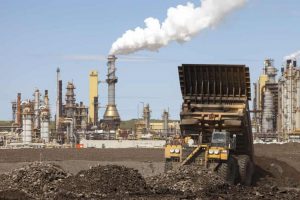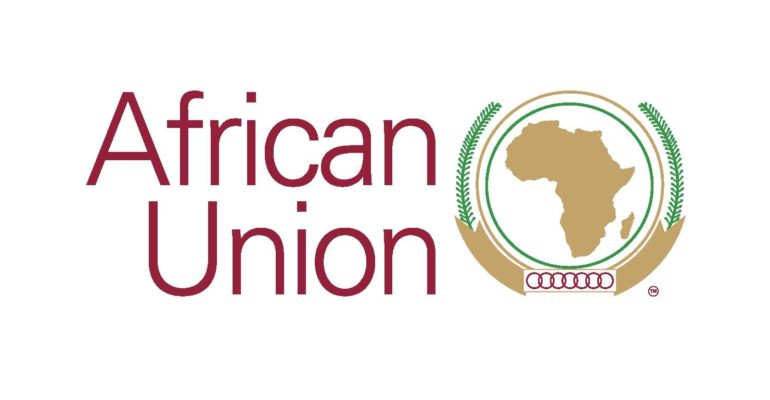Carbon emissions
The impact of carbon emissions on the climate is felt all over mother earth. However, in Africa, the impact is very intense. Despite contributing the least to global warming and having the lowest carbon emissions, Africa remains the most vulnerable continent and faces immense damage which poses complete risks to its economies, infrastructure investments, water and food systems, public health, agriculture, and livelihoods, and threatens to undo its modest development gains and is slipping the continent into extreme poverty.
The irony of the damage carbon emissions poses on the continent is that Africa is suffering from the acts of others; particularly, industrialized nations. That’s one way to simplify Africa bearing the burden of climate change.
In the last two decades, the continent’s contribution to global greenhouse gas emissions fluctuated between 3.4 percent and 3.8 percent – the smallest share among all world regions. But, the question least discussed is how Africa is surviving carbon emissions from industrialized nations from Europe, which is our focus in this article.
The countries that currently make up the European Union have emitted more than 240 billion metric tons of carbon into the atmosphere. This accounts for roughly 18 percent of total global emissions. One doesn’t need a soothsayer to tell that Africa has borne the impacts of Europe’s emissions the most. With Europe facing an energy crunch, Africa’s vulnerability intensifies. Facing energy shortages and rising costs for fuel and electricity, Europe is not only reopening coal plants to compensate for the slowdown in Russian gas deliveries, but also actively looking to develop new sources of fossil fuel in low-income countries where they had previously worked to block investments in the sector. Some European countries are even burning fuel oil again to generate electricity. The average European uses six times more electricity than the average African consumer.
The resurgence of carbon-intensive energy after Russia’s invasion of Ukraine—and the resulting rise in emissions—shows that when economic growth and energy security are under threat, growth, and security will beat out climate policies every time. The current crisis means energy security is again taking precedence, and climate commitments will have to wait, which is bad news for Africa. So then, how is Africa surviving Europe’s carbon emissions?
Forests play a crucial role in maintaining a healthy and prosperous environment and trapping greenhouse gases. Africa is the world’s third largest continent for global forest area, most of which is concentrated in central and southern countries characterized by a tropical climate like Zambia, Angola, Tanzania, and the Democratic Republic of Congo (DRC). The DRC has the world’s second-largest rainforest- the Congo Basin- with nearly 152 million hectares of forest. The Congo basin has helped Africa survive Europe’s carbon emissions in immense ways. Known as the lungs of Africa, the Congo Basin is the largest carbon sink in the world, absorbing more carbon than the Amazon. It absorbs 4% of global carbon dioxide emissions every year, offsetting more than the whole African continent’s annual emissions. This represents about 1.1-billion tonnes of carbon dioxide per year — three times the amount emitted by the UK in 2019.
The Congo Basin
Unfortunately, the Congo Basin is vulnerable to deforestation mainly from smallholder charcoal production, logging and slush-and-burn agricultural initiatives to meet financial and energy needs. Although its rate of deforestation is lower than that of other rainforests, it has increased significantly over the last two decades. Deforesting a relatively small proportion of the forest can have carbon impacts that outweigh the value of the forest’s carbon removal and reduce the forests’ ability to absorb carbon emissions and could further make the continent vulnerable.
Furthermore, an initiative known as The Green Wall was put in place for the Sahara and Sahel in 2007. Its ambitious aim is to grow an 8,000-kilometre natural wonder across the entire width of Africa in order to increase the amount of arable land bordering the Sahara desert. The Great Green Wall’s goal for 2030 is to restore 247 million acres of destroyed land. The idea is that planting more trees will combat climate change and trap carbon emissions.
The initiative is showing signs of significant progress. 18 million trees have been planted in Senegal since its launch, and 37 million acres of degraded land in Ethiopia have also been restored due to this initiative.
The Green Wall is only one of many initiatives in place. The African Forest Landscape Restoration Initiative was launched in 2015 to restore 100 million hectares by 2030. The roadmap for development Agenda 2063 was also implemented to commit to several issues. Another initiative, the Pan-African Agenda on Ecosystem Restoration for building resilience, aims to restore 200 million hectares of forest in Africa.
Restoring degraded agricultural land would reduce Africa’s vulnerability. There would be significant global benefits stretching beyond Africa in the form of reduced emissions related to agriculture, forestry, and land use. Africa has the potential to demonstrate global leadership in this area, which is of vital importance for international efforts to combat climate change and lower carbon emissions.
Meanwhile, as Europe scrambles for energy supplies, African leaders and stakeholders are denouncing what they see as “energy hypocrisy”, considering that most African countries live under regular power shortages and are severely impacted by climate change. Thus, African governments have sought to develop new fossil fuel projects to meet local needs.
Another way of surviving Europe’s carbon emission is for African governments to focus on infrastructure investments for local rather than European markets. For instance, Nigeria has the largest known gas reserves in Africa and, due to Russia’s invasion of Ukraine, that has seen the revival of stalled projects such as the trans-Saharan gas pipeline, which would run through northern Nigeria to Niger and Algeria and then on to Europe. Because the Russia-Ukraine war pushed up oil prices, Nigeria made significant unexpected profits which should go toward infrastructure investments for local electricity needs. Doing this would shore up Africa’s potential to be a significant contributor to the global clean energy revolution, thereby managing Europe’s carbon emission.
To survive Europe’s carbon emission, African countries must clearly articulate and assert their own climate transition agendas; and, key issues that demand attention including increased transparency surrounding climate finance disbursements, and creating a better understanding of the impact of the carbon emissions.



